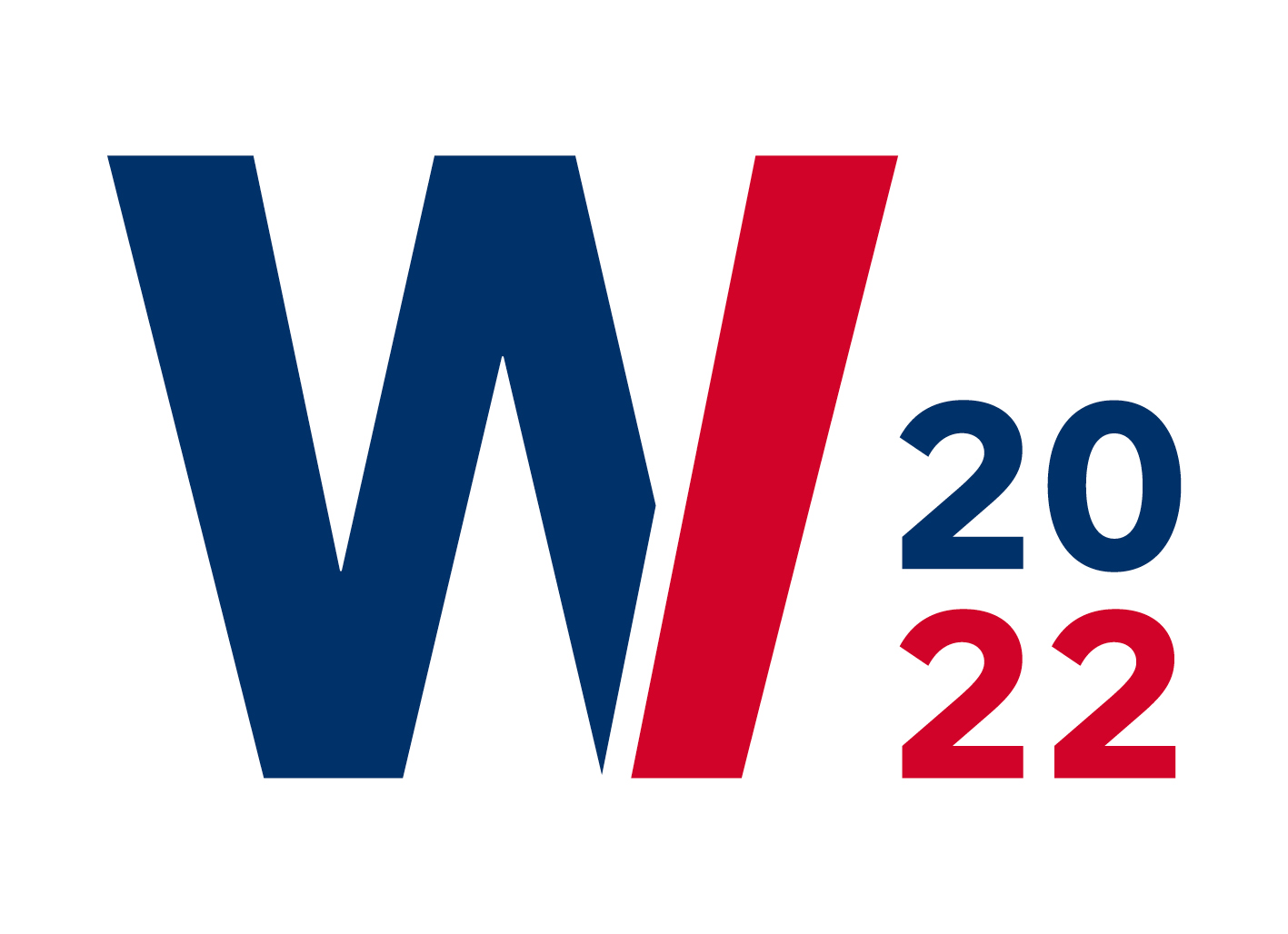Loading...
Description
Bimodality of the information technology (IT) function is one answer to the changed expectations towards and perceptions of IT’s role within an organization. Bimodal IT aims at leveraging ambidextrous capabilities, allowing to engage in explorative and exploitative activities at the same time. Research interest of this phenomenon is growing, but there is a lack of cumulative knowledge on bimodal IT including research on the related concepts of structural ambidexterity and IT ambidexterity. Through a systematic literature review of 42 papers published in a wide range of academic outlets, we identify and describe four research themes which are summarized in a conceptual model of forms of bimodal IT, antecedents, facilitators and barriers, and outcomes. Furthermore, we discuss the critique the phenomenon is facing in practice and propose a research agenda. The study contributes to both research and practice by synthesizing existing knowledge and providing guidance for further research.
Recommended Citation
Kusanke, Kristina and Winkler, Till J., "Structural Ambidexterity through Bimodal IT – A Literature Review and Research Agenda" (2022). Wirtschaftsinformatik 2022 Proceedings. 5.
https://aisel.aisnet.org/wi2022/it_strategy/it_strategy/5
Structural Ambidexterity through Bimodal IT – A Literature Review and Research Agenda
Bimodality of the information technology (IT) function is one answer to the changed expectations towards and perceptions of IT’s role within an organization. Bimodal IT aims at leveraging ambidextrous capabilities, allowing to engage in explorative and exploitative activities at the same time. Research interest of this phenomenon is growing, but there is a lack of cumulative knowledge on bimodal IT including research on the related concepts of structural ambidexterity and IT ambidexterity. Through a systematic literature review of 42 papers published in a wide range of academic outlets, we identify and describe four research themes which are summarized in a conceptual model of forms of bimodal IT, antecedents, facilitators and barriers, and outcomes. Furthermore, we discuss the critique the phenomenon is facing in practice and propose a research agenda. The study contributes to both research and practice by synthesizing existing knowledge and providing guidance for further research.


